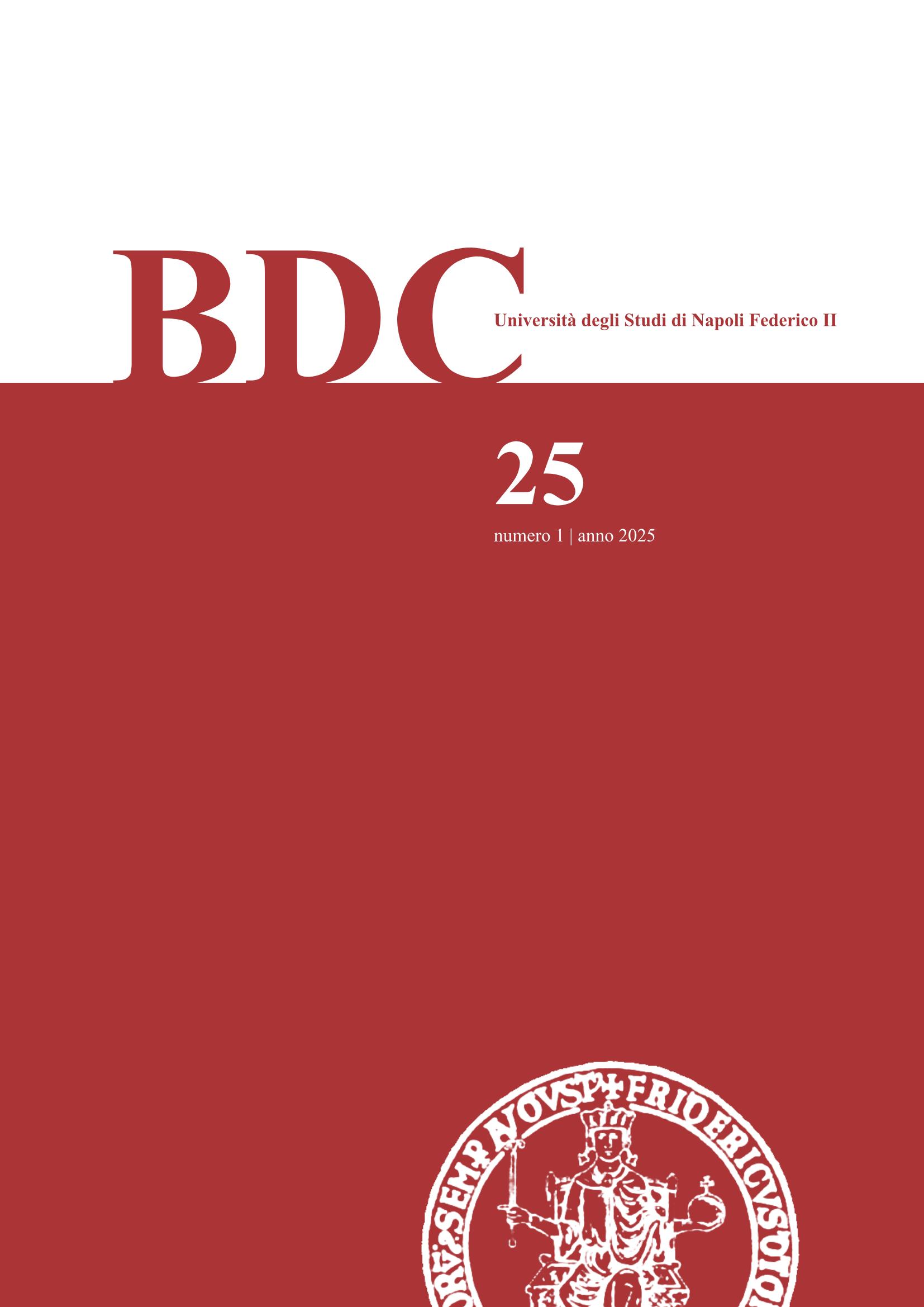Fragility and its dimensions: an analysis methodology in support of local development policies
DOI:
https://doi.org/10.6093/2284-4732/12640Abstract
The research explores different aspects of spatial fragility. It develops a GIS-based methodology that aims to synthesize fragility indicators implemented in order to build analytical validation and support tools for planning at different administrative levels. Three main themes concerning environmental, socioeconomic and relational issues are considered in order to integrate fragility assessment into planning practices. Thus, an alternative to approaches often based on one-dimensional criteria is proposed. By relating different datasets, the study constructs composite indicators through a non-compensatory synthetic index, enabling a multidimensional understanding of spatial dynamics. The research does not focus on classifying areas, but rather on understanding the nuances of fragility and how it manifests itself at the spatial scale. The attempt is thus to theorize an analytical tool useful in identifying spatial homogeneities and differences, enhancing the understanding of fragility by promoting integrated planning strategies.
Keywords: fragility, analysis, indicators, evaluation, knowledge
Downloads
Downloads
Published
How to Cite
Issue
Section
License
Copyright (c) 2025 Bulletin of the Calza Bini Center

This work is licensed under a Creative Commons Attribution 4.0 International License.

